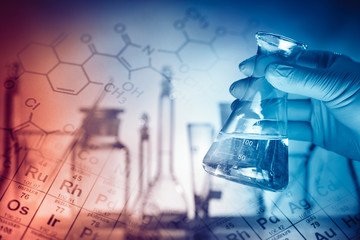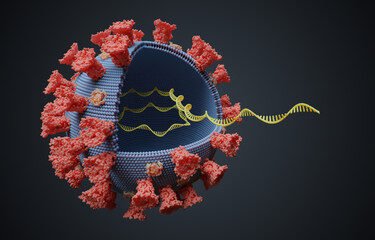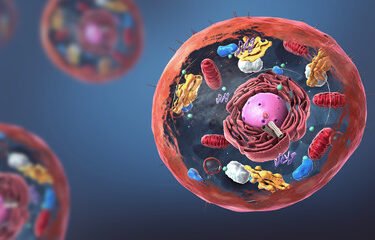All matter — be it solid, liquid, or gas — is composed of atoms. An atom is the smallest unit of matter capable of retaining the identity of an element during a chemical reaction. An element is a substance that can’t be broken down into simpler substances by normal chemical reactions. There are 92 naturally occurring atoms in nature and 17 (at last count)artificially created atoms for a total of 109 known atoms. However, additional spaces have yet to be filled in on the periodic chart of elements, which organizes all the elements by name, symbol, atomic weight, and atomic number. The key elements of interest to students of anatomy and physiology are v Hydrogen, symbol H v Oxygen, symbol O v Nitrogen, symbol N v Carbon, symbol C
HONC your horn for the four organic elements. These four elements make up 96 percent of all living material.
Atoms are made up of the subatomic particles protons and neutrons, which are in the atom’s nucleus, and clouds of electrons orbiting the nucleus. The atomic weight, or mass, of an atom is the total number of protons and neutrons in its nucleus. The atomic number of an atom is its number of protons or electrons; conveniently, atoms always have the same number of protons as electrons, which means that an atom is always electrically neutral because it always has the same number of positive charges as negative charges. Opposite charges attract, so negatively charged electrons are attracted to positively charged protons.
The attraction holds electrons in orbits outside the nucleus. The more protons there are in the nucleus, the stronger the atom’s positive charge is and the more electrons it can attract.
Electrons circle an atom’s nucleus at different energy levels, also known as orbits or shells (see Figure 1-1). Each orbit can accommodate only a limited number of electrons and lies at a fixed distance from the nucleus. Each level must be filled to capacity with electrons before a new level can get started. The orbit closest to the nucleus, which may be referred to as the first level or first shell, can accommodate up to two electrons. The second level can have eight electrons and the third also can have eight electrons. Higher orbits exist, but anatomy and physiology students only need to know about the first three levels.

Other key chemistry terms that you need to know as an anatomy and physiology stu- dent are
v Isotopes: Atoms of an element that have a different number of neutrons and a dif- ferent atomic weight than usual. In other words, isotopes are alternate forms of the same chemical element, so they will always have the same number of pro- tons as that element, but a different number of neutrons.
v Ions: Because electrons are relatively far from the atomic nucleus, they are most susceptible to external fields. Atoms that have gained or lost electrons are trans- formed into ions. Getting an extra electron turns an atom into a negatively charged ion, or anion, whereas losing an electron creates a positively charged ion, or cation.
To keep anions and cations straight, think like a compulsive dieter: Gaining is negative, and losing is positive.
v Acid: A substance that becomes ionized when placed in solution, producing positively charged hydrogen ions, H+. An acid is considered a proton donor. (Remember, atoms always have the same number of electrons as protons. Ions are produced when an atom gains or loses electrons.)
v Base: A substance that becomes ionized when placed in solution, producing neg- atively charged hydroxide ions, (OH)–. Bases are referred to as being more alka- line than acids and are known as proton acceptors.
v pH (potential of hydrogen): A mathematical measure on a scale of 0 to 14 of the acidity or alkalinity of a substance. A solution is considered neutral, neither acid nor base, if its pH is exactly 7. (Pure water has a pH of 7.) A substance is basic if its pH is greater than 7 and acidic if its pH is less than 7. Interestingly, skin is con- sidered acidic because it has a pH around 5. Blood, on the other hand, is basic with a pH around 7.4.




